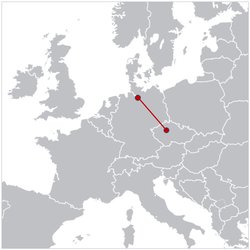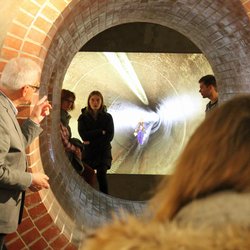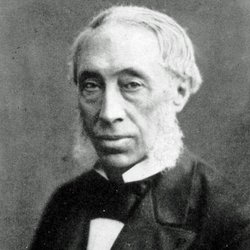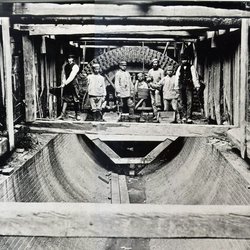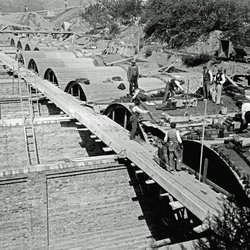William Lindley: Modern water management for continental Europe
In 1904, Hamburg's "underworld" attracts a prominent visitor: technophile German Emperor Wilhelm II inspects the oldest yet still state-of-the-art sewage system on the European continent. Its construction dates back to the disaster of 1842, when one third of Hamburg was devastated by fire. An eye witness is the English engineer and urban designer William Lindley, who has just built the rail route to nearby Bergedorf. Without further ado, he is commissioned to rebuild Hamburg's destroyed city centre. His main focus is on hygienic water management: using a network of eleven-kilometre underground sewers, he diverts rain and wastewater into the Elbe, while a waterworks in the district of Rothenburgsort injects treated water from the Elbe into the public drinking water supply. As of 1893, the latter task is taken over by another plant: the slow sand filtration unit of the Kaltehofe Elbe Island Water Art, recommended by Lindley himself.
Lindley's successful activities in Hamburg make him an internationally renowned sewerage expert. In late 19th century Prague, he designs the Stará Čistírna Old Waste Water Treatment Plant. More adventurous visitors access the ERIH Anchor Point by climbing the ventilation chimney, followed by a spectacular descent into the interior and a raft ride along one of the 87-metre-long underground sedimentation basins. Another historic entrance is located under the old Prague City Hall. Incidentally, this sewage system catches royal interest as well - in 1901, Emperor Franz Joseph I pays a visit to the facility.

